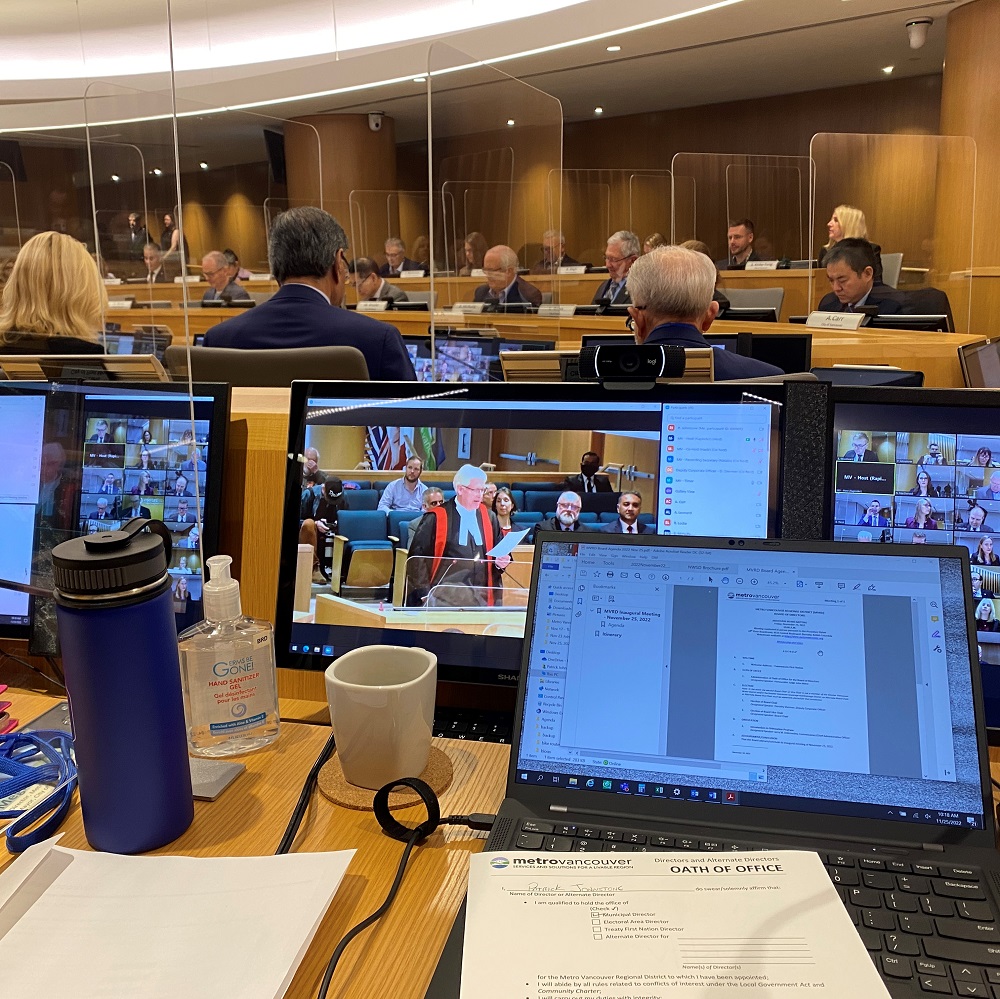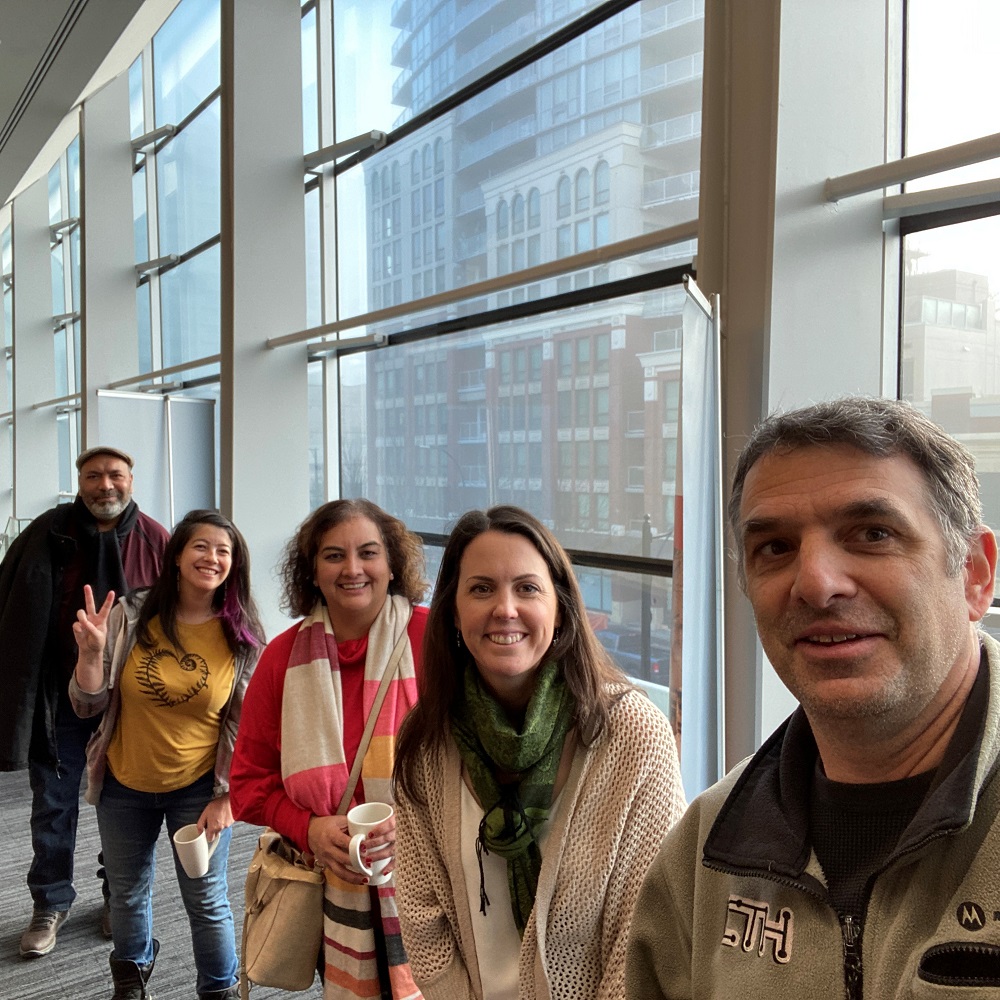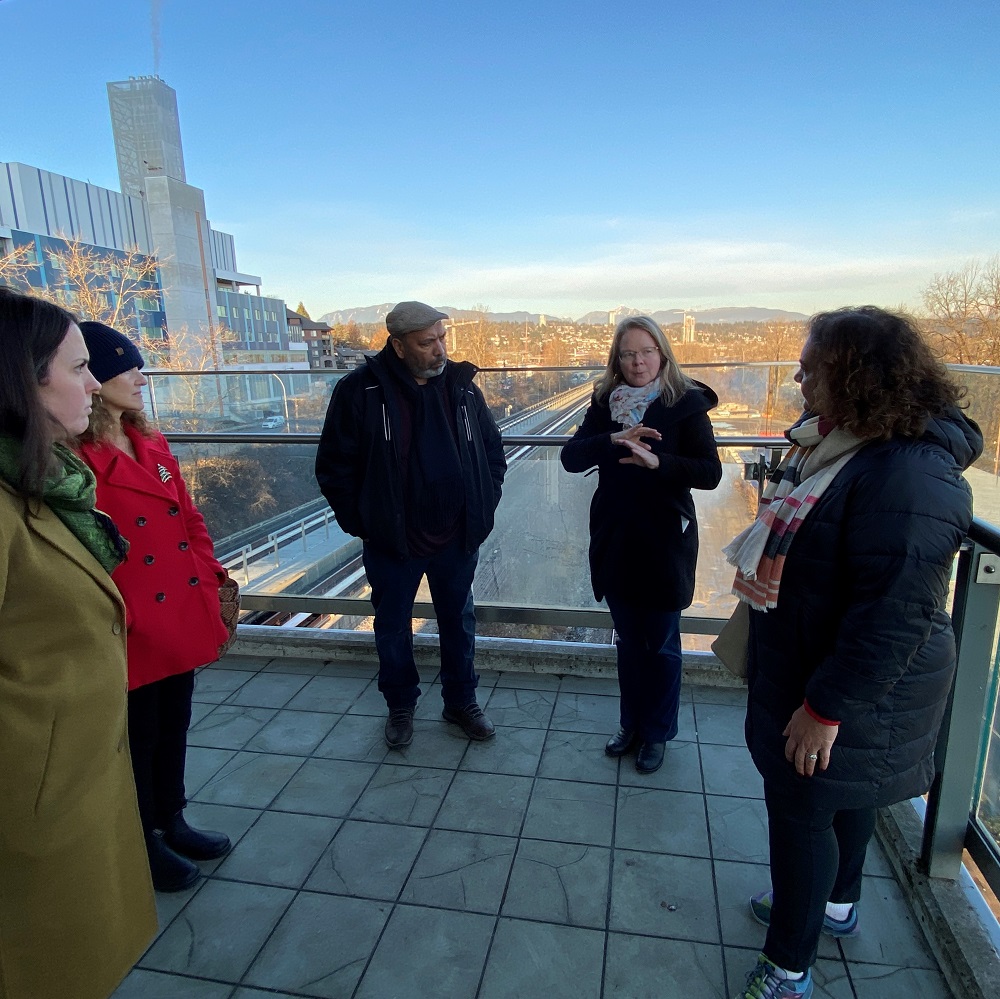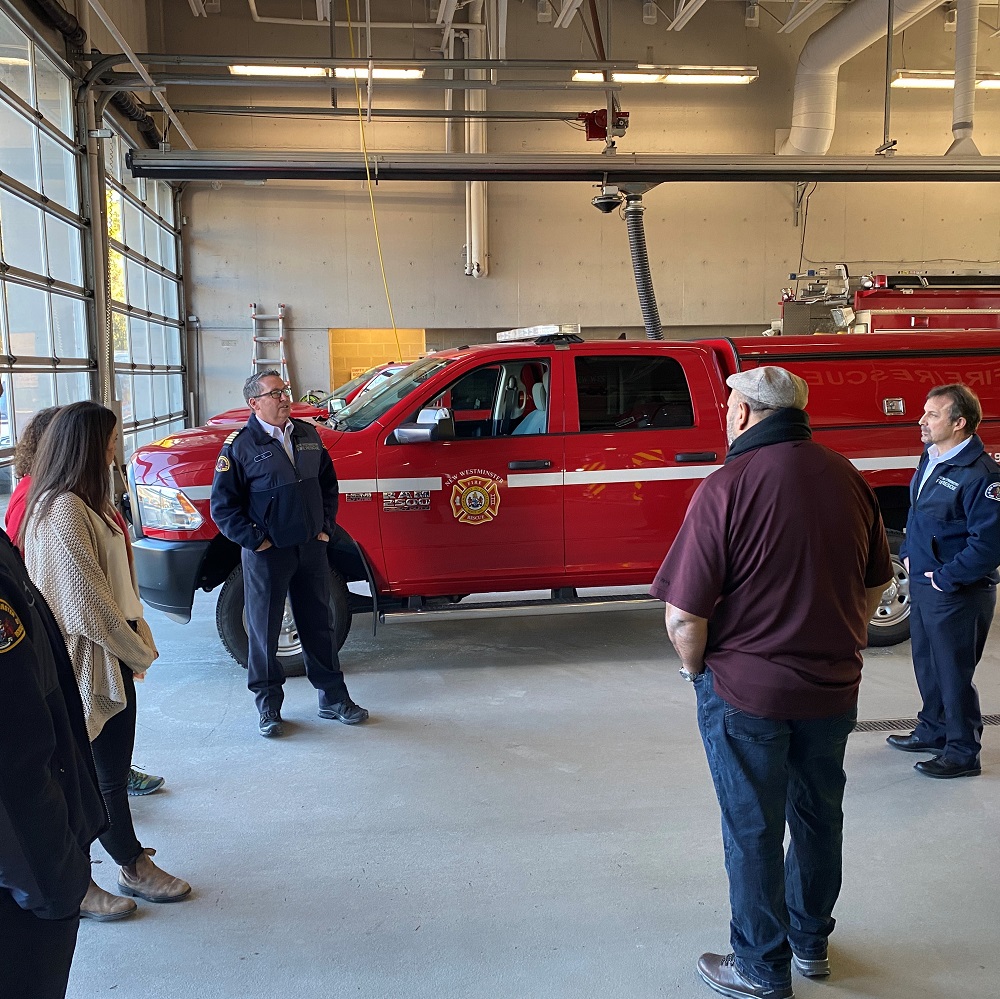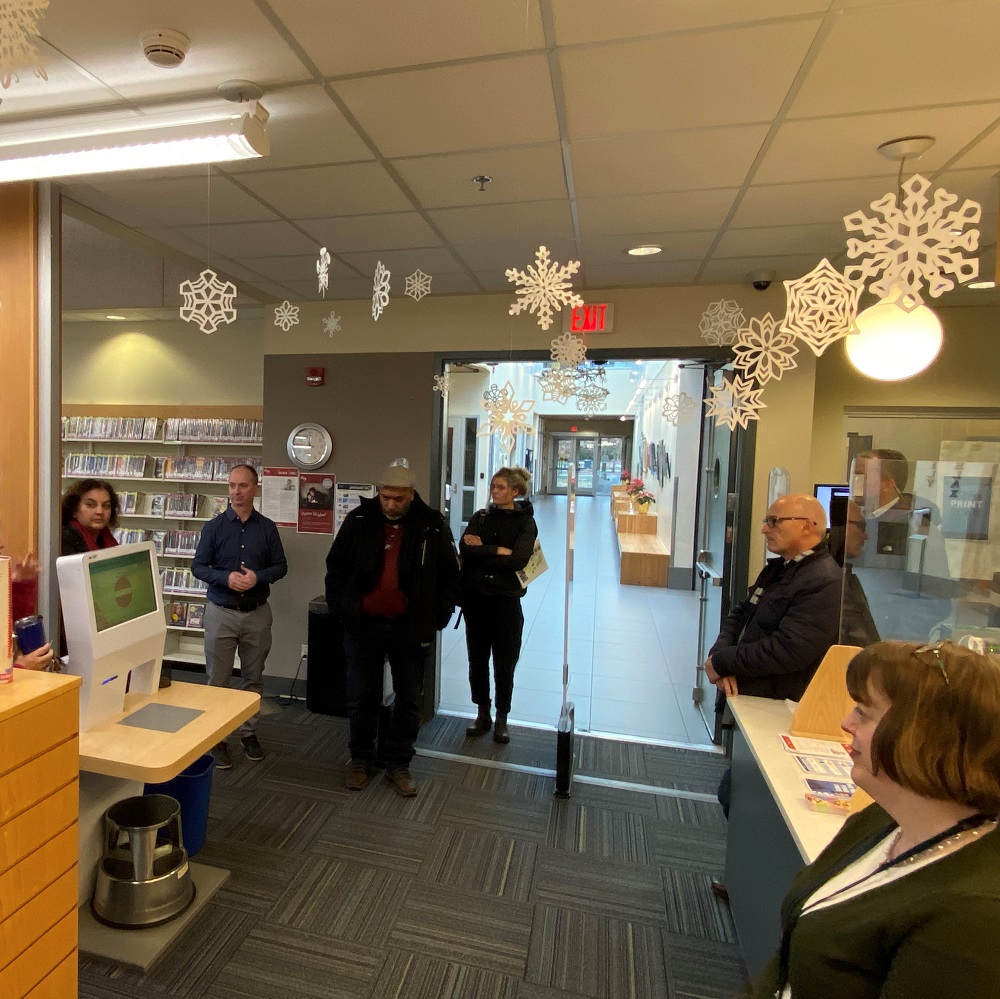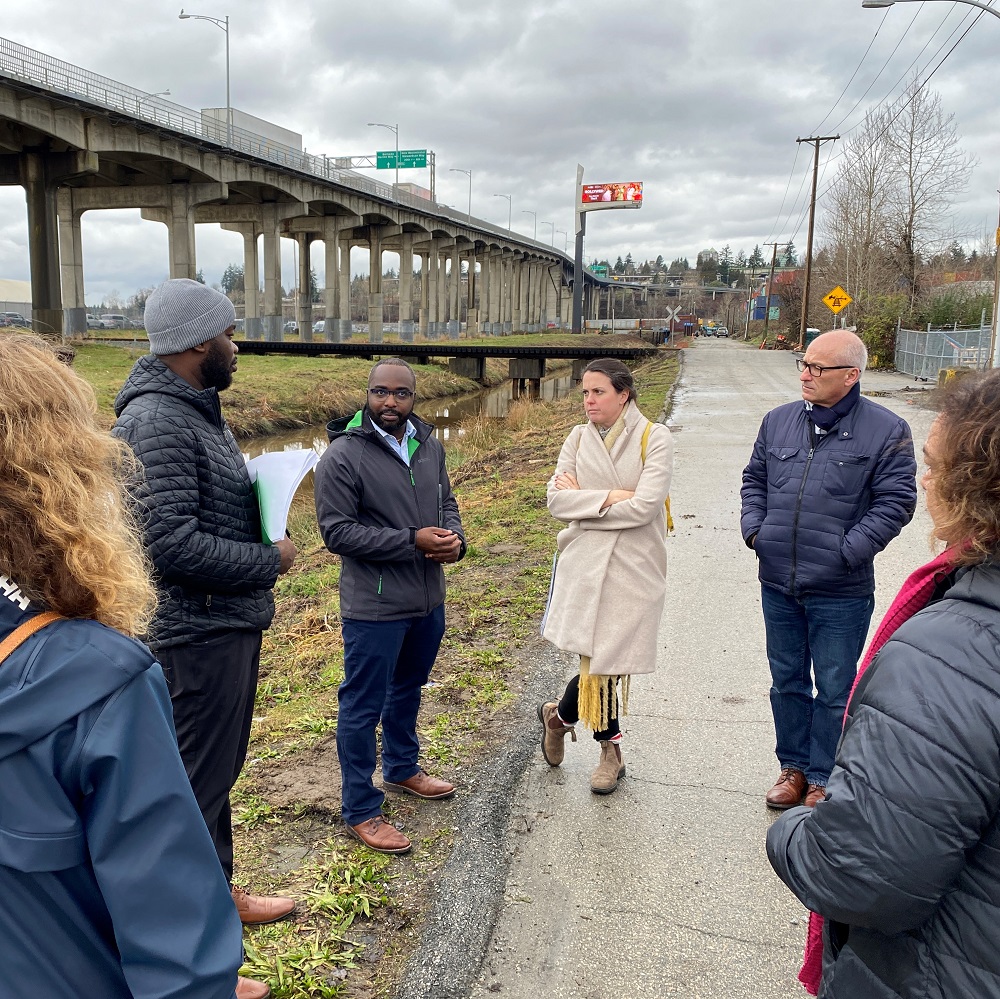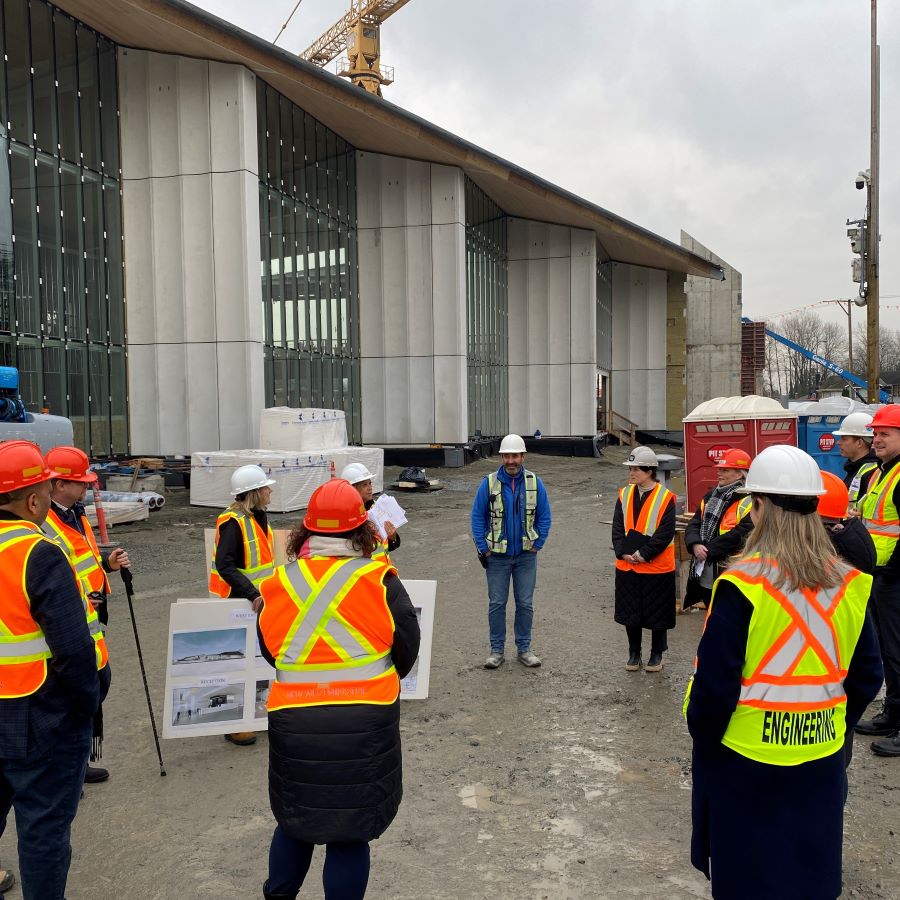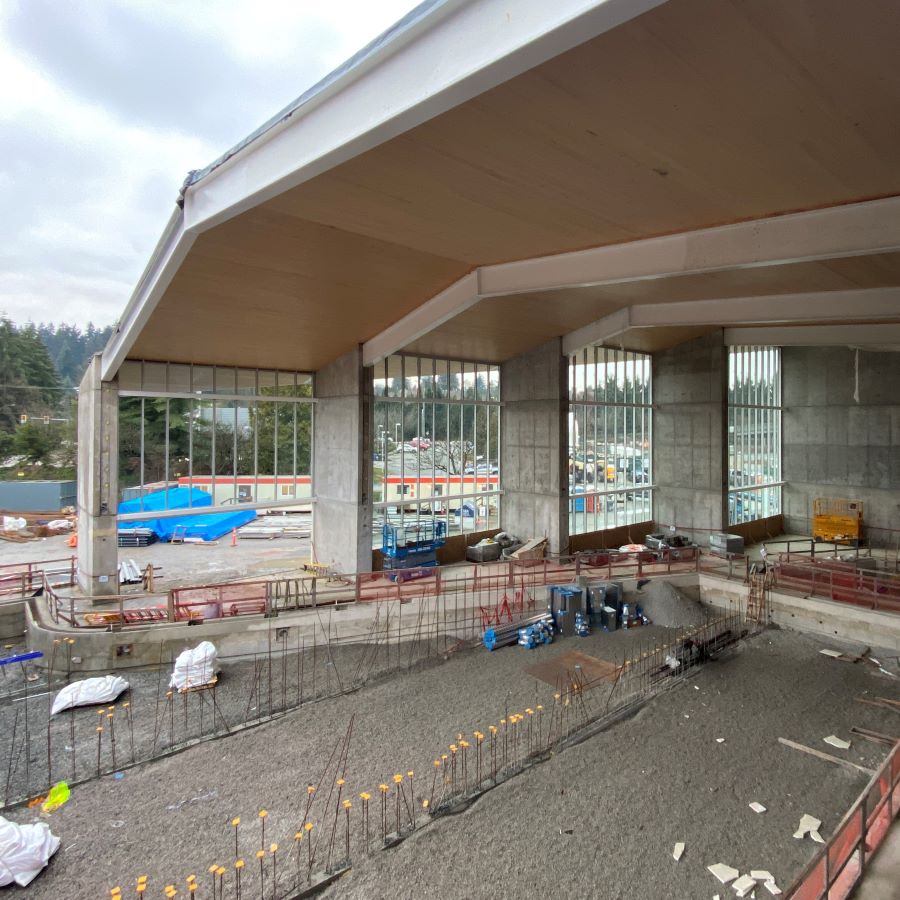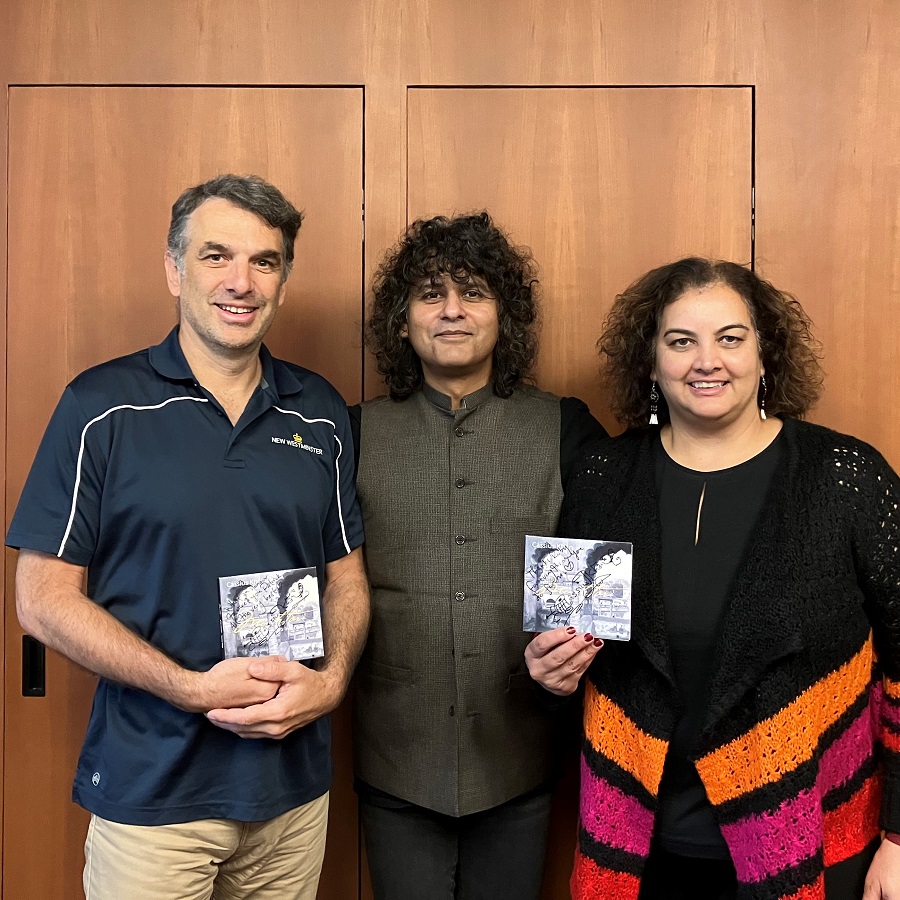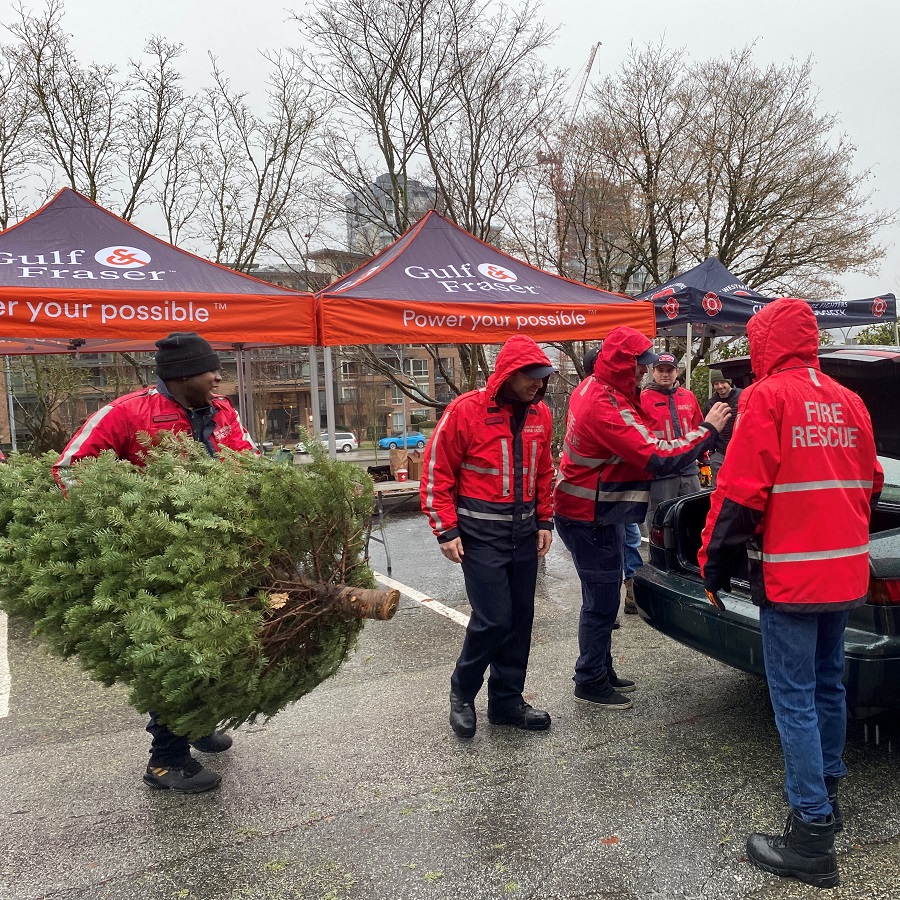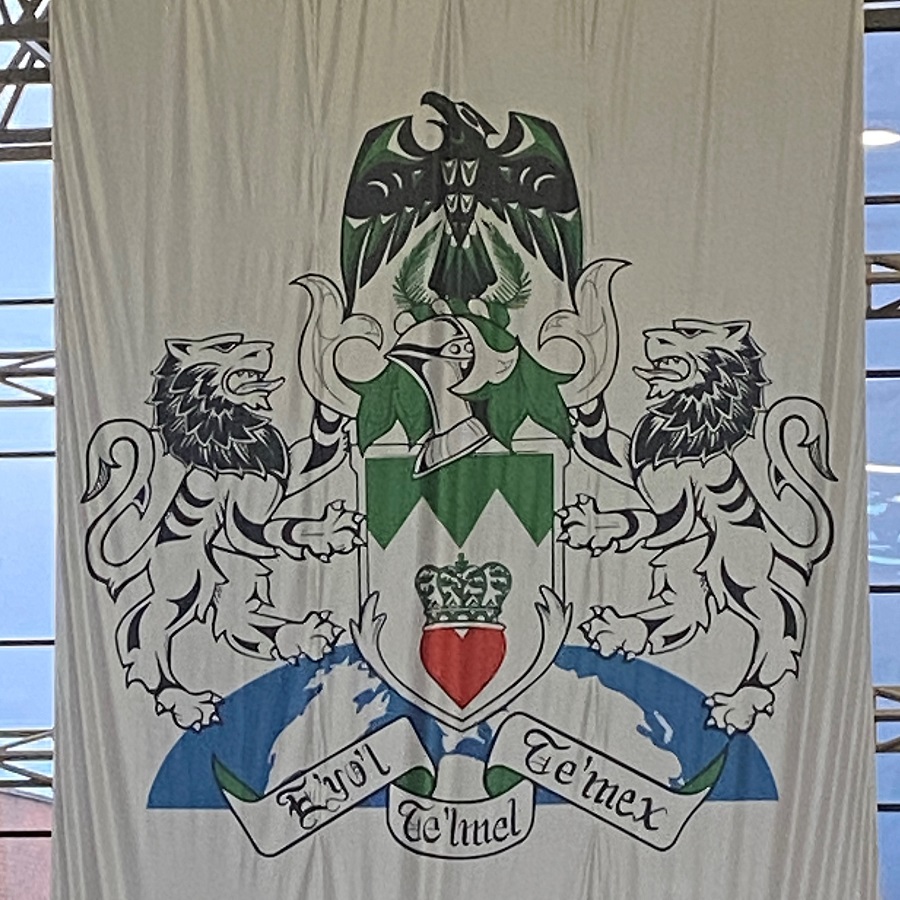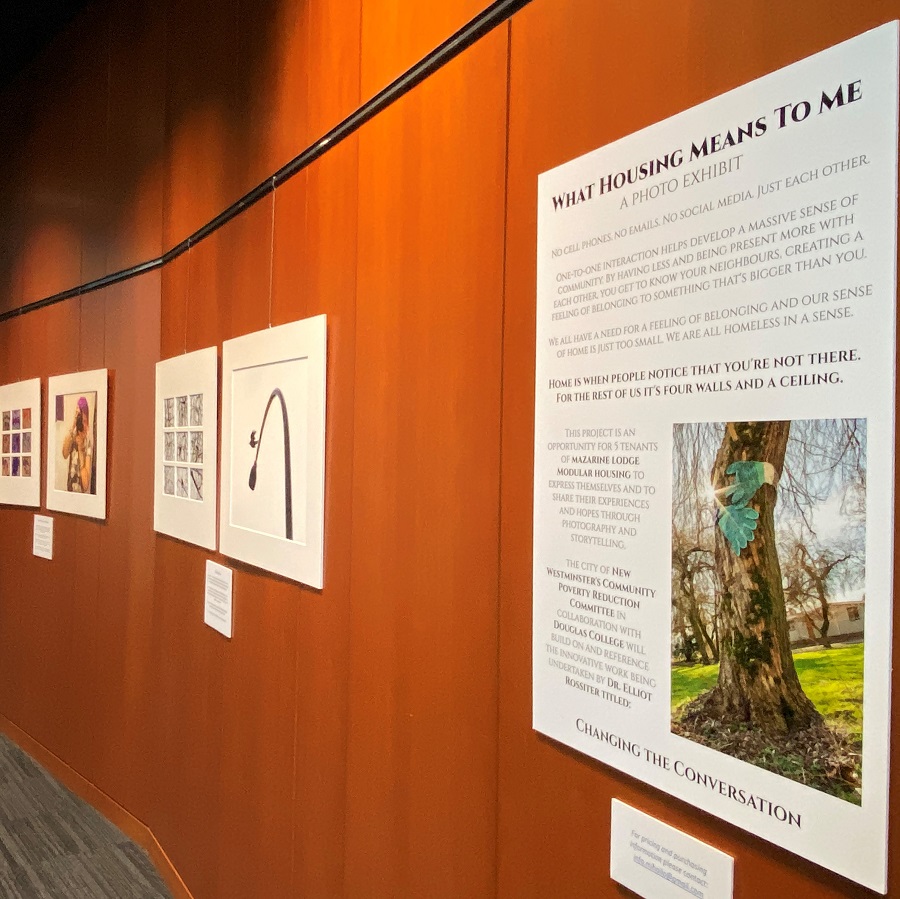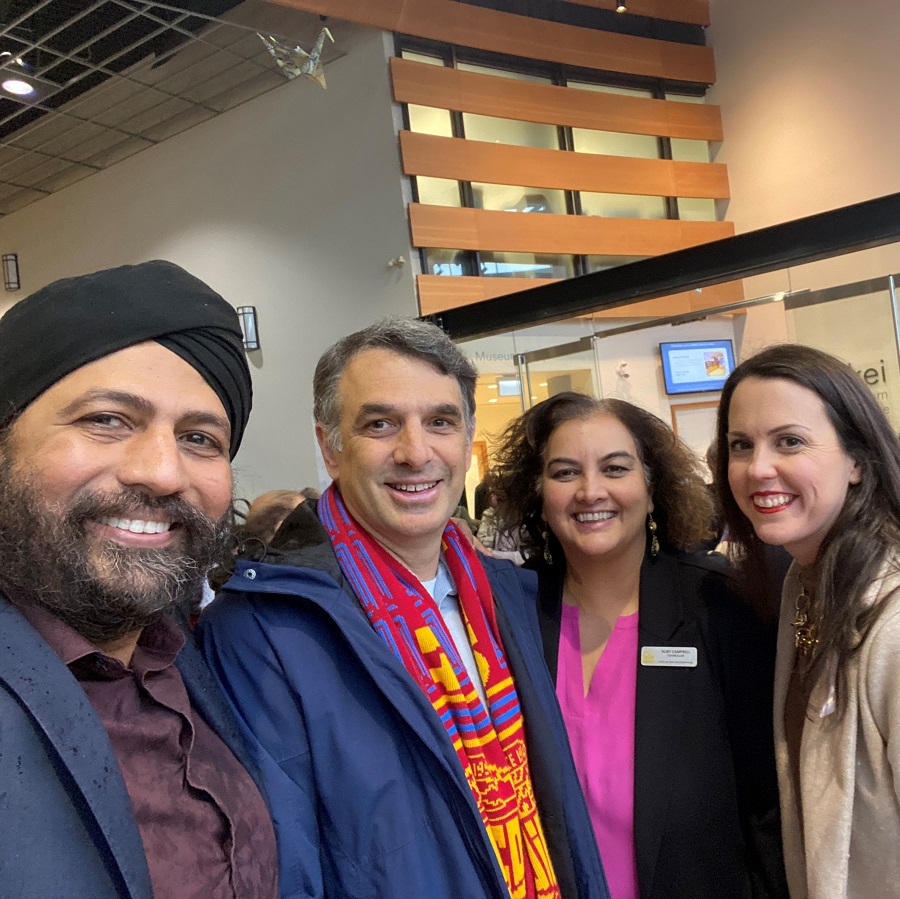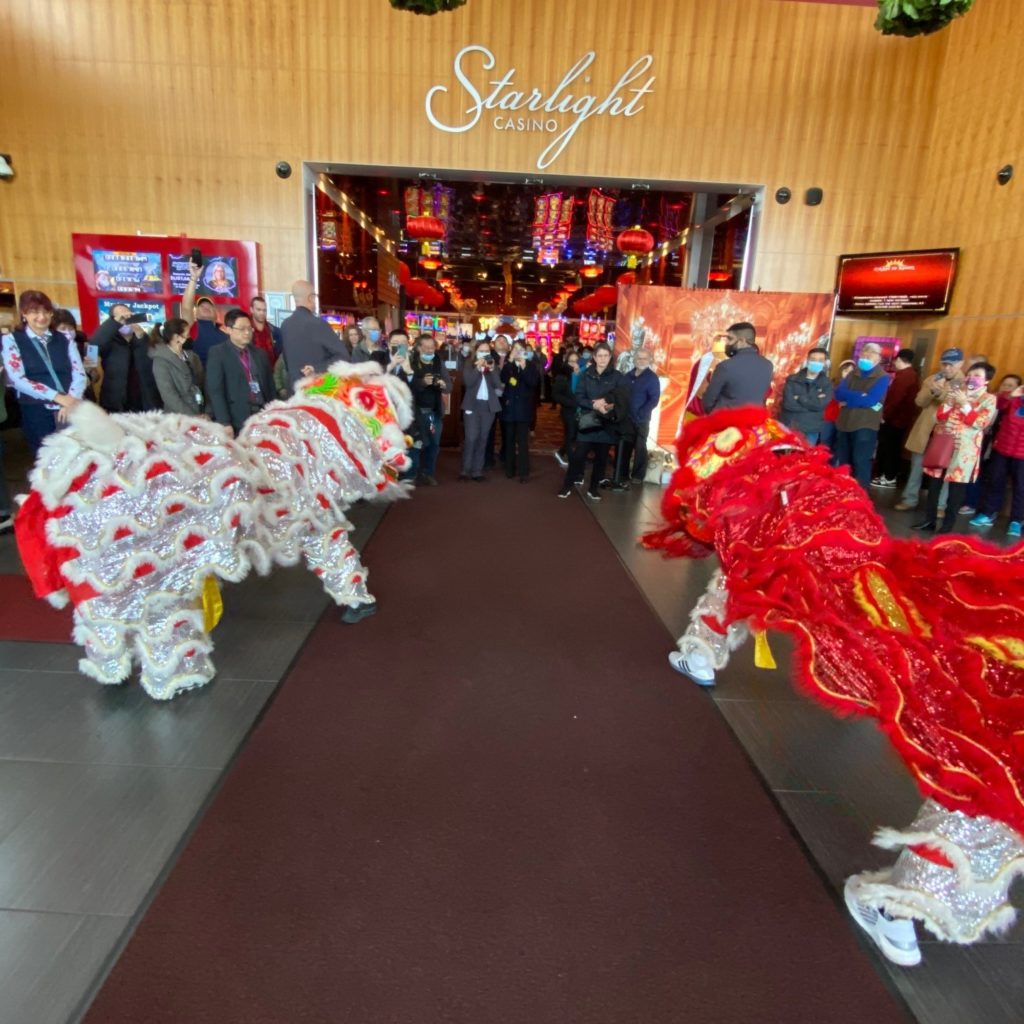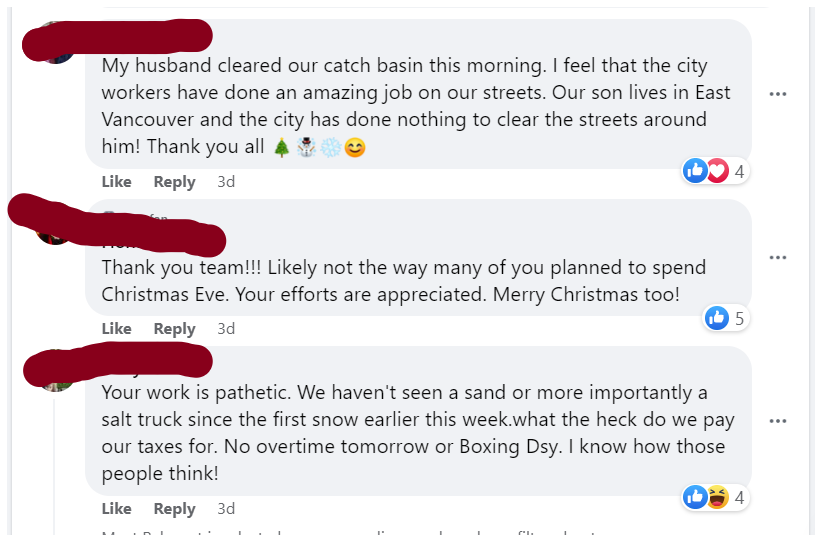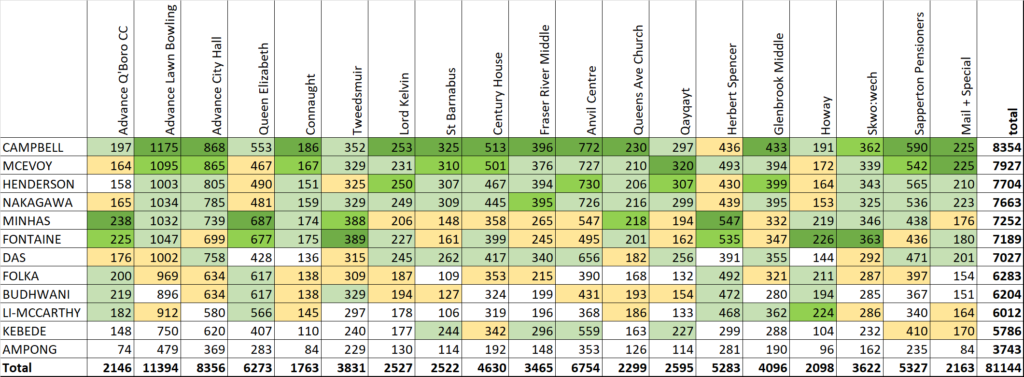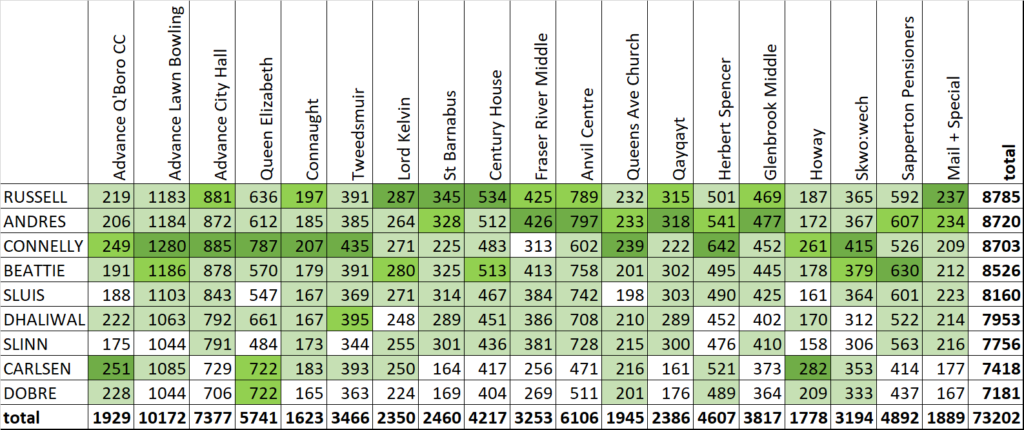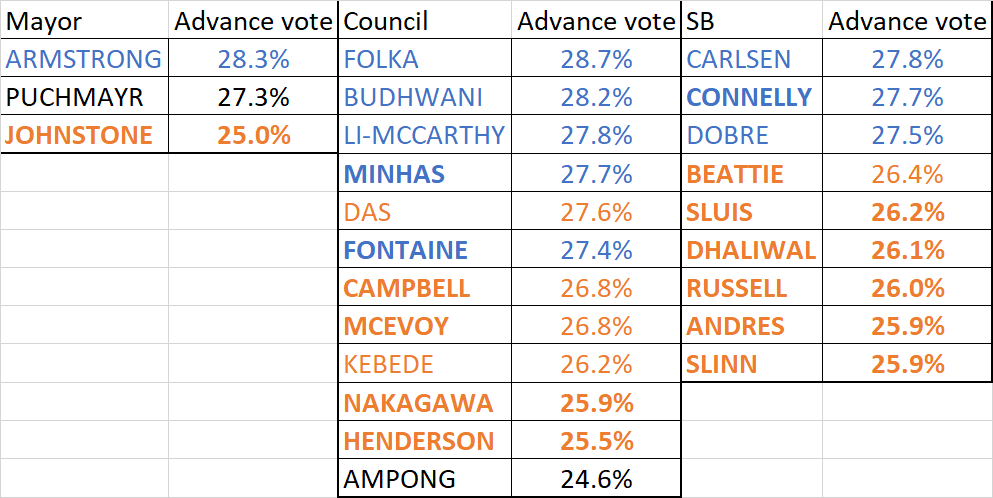Before our regular evening meeting on January 30th, we had a lengthy daytime workshop on the budget, which will be a topic of ongoing discussion and future blogs. In the evening meeting, we had the first Public Hearing of the new Council Term, and despite a pretty full Council chambers, it was a gentle introduction to Public Hearings for the folks new to the Council.
Heritage Designation Bylaw No. 8381, 2023 for 109 Third Avenue
The owner of this home on Queens Park volunteered to “designate” it, meaning it will have permanent protection as a heritage asset in the community beyond the protection provided by the Heritage Conservation Area. By Provincial Law, this designation requires a Bylaw change that actually requires a Public Hearing. We received no correspondence on this application, and we had one delegate come to express support.
In the subsequent Regular Meeting, Council approved giving this Bylaw third reading.
We then moved the following items On Consent:
Construction Noise Bylaw Exemption Request: 330 East Columbia Street (Royal Columbian Hospital Redevelopment Project)
If you have noticed the new RCH Acute Care Tower going up in Sapperton, you might have noted that the floor plate size is really big. For structural reasons, these big floor slabs need to be poured all at once, which means pouring and finishing the floors before they set is technically very difficult within a 12-hour window allowed by our Construction Noise Bylaw. They are asking to exceed allowable construction hours three days a month to allow the floor finishing to be completed before the big pour sets. They will send notice to the neighborhood on timing, and do their best to limit noise leaving the site.
DCC Expenditure Bylaw No. 8371, 2023
The City collects Development Cost Charges from developments to pay for infrastructure to support that development and the growth that comes with it (water, sewer, drainage, parks, and transportation). This is a strictly managed process by Provincial law, as the DCCs must go into a specified Reserve, and must only be spent on a specified infrastructure project. One of the controls on that is that money can only be moved from these reserves to actually pay for the project by Bylaw approved by Council. This Bylaw approves the spending a little more than $1Million from those reserves for the projects they were designated.
Recruitment 2023: Appointments to Advisory Committees, Commissions, Boards, and Panels
We have appointed members of the community to various commissions and committees. We do this in Closed Meeting first as these appointments are recommended to Council by staff after extensive review of their applications, which includes personal information of volunteers and unsuccessful applicants, but the final appointments are brought to open meeting in this information report.
Rozzini’s Restaurant, 211 Ewen Avenue – Application for Patron Participation Endorsement
This popular family restaurant in Queensborough wants to have live music. Our Byzantine provincial liquor license laws require that they get a formal endorsement from City Council to allow this, and that they do a public consultation. A public consultation to decide whether a restaurant that has been operating for decades can have live music, eating up their time, City time, costing thousands of dollars. Anyway, that’s the law and here we are passing that resolution.
The following items were Removed from Consent for discussion:
Changes to the Terms of Reference of the Accessibility Advisory Committee and the Community Heritage Commission Bylaw No. 6423
The City is striking a new Accessibility Advisory Committee, and we are adding representatives from the NW Police Department and the NW Library. At the same time, we are adding another seat on the Community Heritage Commission. Both of these are committees with Provincial Regulatory structures, with Bylaws behind them, so these changes need bylaw amendments.
Renewed Child Care Protocol between the City of New Westminster and New Westminster School District No.40
The issue of Childcare has been front of mind for Council and the community. Recent changes in school space needs along with the Provincial integration of Childcare into the Ministry of Education have made it clear that there is an advantage to both parties if Council and SD40 more closely coordinate their child care initiatives. Some austerity hawks will argue this is not a “core service” of the City, but we have an active role to play in finding and supporting the full spectrum of childcare needs in the community.
The City and the School District had a 2009 Childcare Protocol, but the massive changes in this landscape warrant an update to that protocol; indeed this is a task identified in our updated Child Care Strategy. Informally discussed with School Board members, we need a more formal correspondence, including endorsement for some terms of the Protocol and timing of the completion. This report is asking Council to endorse those.
Rezoning Application for Detached Accessory Building: 228 Seventh Street – Comprehensive Report
This supportive housing operator in the Brow of the Hill neighborhood wants to expand their existing garage into an accessory building that will house some administrative uses. This needs a rezoning. I am not going to say any more about it, or take part in the decision here because I am a direct neighbor and this arguably results in a pecuniary interest, so I am recusing myself to avoid perception of conflict.
We then spent some time going through another raft of Motions from Members of Council
Mitigating traffic and transportation issues and improving pedestrian safety on Ewen Avenue in Queensborough
BE IT RESOLVED that staff provide a memo to Council regarding the opportunity to modify the current “no right turn on red” policy at Ewen Avenue and Howes Street so it only applies during peak rush hour traffic; and
BE IT FURTHER RESOLVED that as part of the Queensborough Transportation Plan, staff seek feedback from local residents and business regarding their interest in the installation of a new pedestrian-activated crossing at the corner of Wood Street and Ewen Avenue
The First Phase of Consultation on the Queensborough Transportation Plan update was completed recently, and have are available on the City’s Be Heard New West website. There is a comprehensive survey in there, and some results from the stakeholder meetings, the Q’Boro Residents Association, and some pop up events in the community.
To be honest, this resolution could have been an email. I am not prepared to say whether these are good or bad ideas, though they are certainly more granular than we usually get here in Council when talking Transportation Plans. Looking at the relatively-recently completed Sapperton Transportation Plan, you can see these types of intersection improvements are evaluated and prioritized, but need to be done so in the context of their neighbourhood-wide effects, not as one-offs.
My reflex here is to support the Council proposal to refer these local ideas the Q’Boro Transportation Plan process that is ongoing, but as the second half refers already to the Plan, and the first half is a simple request Staff are willing to respond to without work plan changes, I was able to support the motion as it stands. Council moved to support this motion.
Increasing year-round usage of city park spaces through the installation of additional all-weather tracks as part of the capital plan
BE IT RESOLVED that staff prioritize the sourcing of funds required to install an increased number of all-weather fields in New Westminster over the next five years; and
BE IT FURTHER RESOLVED that as part of the 2023 Budget process staff identify the funds necessary to undertake a planning and community consultation process to determine the feasibility of prioritizing an all-weather field at Ryall Park in Queensborough.
A quick look at the City’s 5-year capital plan show there is $2 Million set aside in 2024 for another all-weather field, and during our tours of Queensborough, staff talked about the work they have done to evaluate potential options for Ryall Park. Notably, a full-sized 400-m track like at Mercer Stadium will not fit at that site, but there is potential for a smaller track, with consideration that building anything at Ryall is technically challenging (read: more expensive) for the very same soils conditions that make the current field wetter than some others.
Council is very aware of the calls for more sport and recreation facilities in Q’boro, though a lacrosse box / multi-use court was generally higher priority to folks I spoke with. That said, this all speaks to the need for a Comprehensive Parks Plan informed by full public consultation, which is in this year’s work plan. Council moved to refer these specific requests to that planning process so that conversation can take place before we commit those millions of dollars.
Requesting an update from local MLAs regarding a 2020 election commitment to provide a free bus service to Queensborough students
BE IT RESOLVED that Mayor Patrick Johnstone write to MLAs Aman Singh and Jennifer Whiteside to request a meeting be established with Councillors Tasha Henderson, Nadine
Nakagawa and Daniel Fontaine (School Board Liaisons) regarding the status of the provincial government’s 2020 campaign commitment to the parents and students of Queensborough for a free bus service to New West Secondary School.
There is some work going on in this space, though I have not heard of any public announcements yet. I’ve had a chance to have some informal meetings with MLA Singh at community events and check-in phone calls, and this is actually a topic he brought up in a recent chat. I have also been talking with TransLink colleagues about the Queensborough transportation plans, and they are evaluating the results of the recent additions to bus service levels related to schooltime queuing at 22nd Street station.
I am happy to write a note to MLA Singh, though Council also thought it appropriate to invite the School Board representatives to the Council/School Board joint working group to this meeting, as this seems like a conversation we should include them in.
Halting the City’s rebranding exercise as previously approved by Council in July 2022
BE IT RESOLVED that staff reduce the potential burden to residential and commercial taxpayers by ceasing work on any corporate-wide rebranding projects through to December 31st, 2024.
To be clear, and made clear numerous times by City staff, there is no burden to taxpayers related to the current work plan on rebranding, it is currently operating within the normal operational budget. There will not be any burden to taxpayers until a plan is returned to Council to seek guidance on next steps here whether this work occurs now or in 2025 (as the motion suggests) has no material effect to the budget. Putting aside the political hyperbole about the eventual cost of rebranding, Council will be able to opine on actual numbers once there are actual numbers. Council moved to defeat this motion.
Clarifying Matters Related to Notice of Motion in the Council Procedure Bylaw
THEREFORE BE IT RESOLVED THAT Council direct staff to report back on the apparent discrepancy between how the Council Procedure Bylaw No. 6910, 2004 was and is being interpreted and applied in the present, notably at the November 28, 2022 Council meeting with respect to Notice of Motion, and how the Bylaw was interpreted and applied by previous Councils in order to clarify the situation and determine what the correct procedure is, and
FURTHER THAT staff report back at the February 13th Council meeting with recommendations to improve Section 21 of the Council Procedures Bylaw 6910 to ensure it no longer lacks clarity and is less subject to interpretation.
This is both meta and Inside Baseball. The current practice at Council, as codified in the Procedures Bylaw, is for Notices of Motion from members to appear on an agenda then be debated and voted upon in the subsequent meeting. This was not the regular practice last term. Though this has been discussed in several meetings, there is a request here for clarity. The Procedures Bylaw can, of course, be amended by Council as suits their need, and staff have some ideas about how to improve the current Procedures Bylaw to make Council work better, and were planning to report back on this, so the request here is work already in progress. Council moved to approve this motion.
Investments in new pedestrian infrastructure to support the City’s active transportation network in Queensborough and reduce our carbon footprint
BE IT RESOLVED that staff incorporate into the 2023 Operating Budget a new two-year 50/50 matching grant Pedestrian Improvement Pilot Program that will support Queensborough residents who wish to accelerate the covering up of unsafe ditches with paved sidewalks that support non-fossil fuel based active transportation; and
BE IT FURTHER RESOLVED that $300,000 from the Climate Action Reserve Fund be used to fund this pilot project over two years; and
BE IT FURTHER RESOLVED that staff seek out funds from the senior orders of government to offset or match the City’s contribution to the pilot program
This Motion is unfortunately timed, as it arrived for debate right after our lengthy daytime Operating Budget workshop where the mover of this motion suggested slashing millions of dollars from that budget (with no clarity to where those millions will come from) just before this request to commit to an unfunded and unaccounted program that could add millions to the operating budget. That said, it looks like a capital program, so the effect on the operational budget is unclear, especially as vague and unrealistic funding models are being proposed. I could add the concern that a partnership funding model similar to the one proposed already exists for the ditch infill program (though it cannot be applied property-by-property, because you can’t just do storm sewer upgrades property-by-property, they need to be performed on a block-by block basis for a variety of engineering and cost reasons); that the Federal Active Transportation Fund money cannot be applied to a resident opt-in program because there is no way for us to predict the amount of funds we would need in any single grant year; and that there has been no costing or impact modelling to justify pulling the seemingly random number of $300,000 out of the Climate Reserve Fund.
So, I may sound a little frustrated, but this proposal demonstrates a deep misunderstanding of how the city works, of how governance works. Not just in the little details I point out above, but in the bigger picture. It seems to be built on the assumption that long-standing concerns of the community (in this case, open ditches and associated pedestrian issues) have been completely ignored by the City, and all we need is one boutique program sketched on the back of a napkin to solve the problem. The reality is that these problems are long-standing because there are no simple solutions. We have applied decades of professional planning and engineering staff to find solutions (including the existing Local Area Service Plan program), and are making slow progress, but also need to apply them judiciously to manage costs, and to manage knock-off effects (e.g.: what happens during intense storms to the older homes in a neighbourhood if the road is raised to a flood level that is higher than the first floor of the homes?). As in most things in politics, if it was easy, it would already be done.
In light of this, Council decided that this proposal should be taken to a workshop with Council to go through those complications, the challenges, opportunities, and the practical costs, so Council has the information it needs to make a decision like this before we commit what would likely be millions of dollars.
Finally, we wrapped with one piece of New Business:
Nomination of Councillor Ruby Campbell to the Election to FCM Board of Directors
The Federation of Canadian Municipalities put out a call for nominees for Board Positions, as they had a couple of vacancies. Councillor Campbell expressed an interest and prepared and application, but needed our endorsement. This does not mean she will be appointed (that is up to the FCM Board), but Council unanimously supported her nomination.

